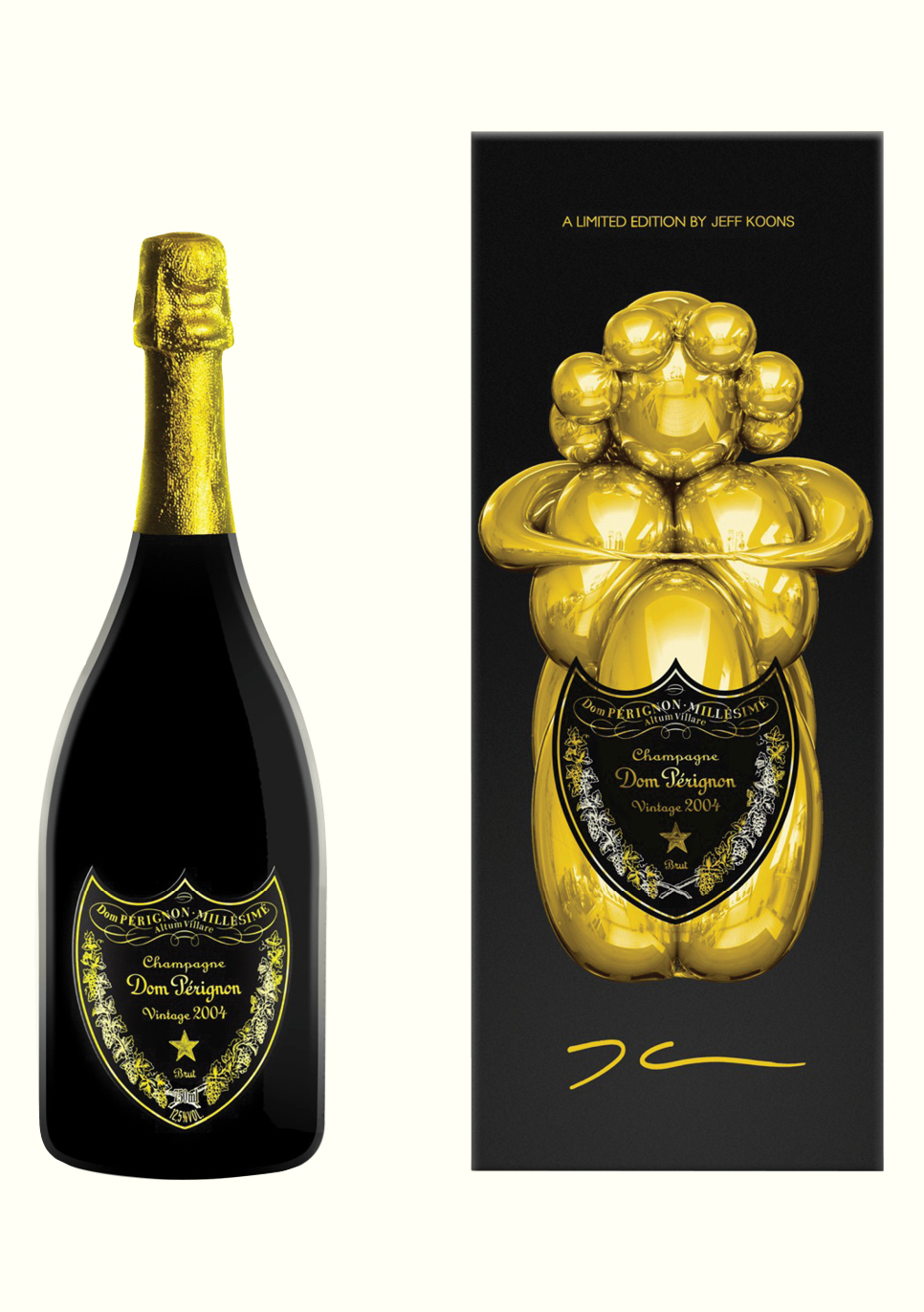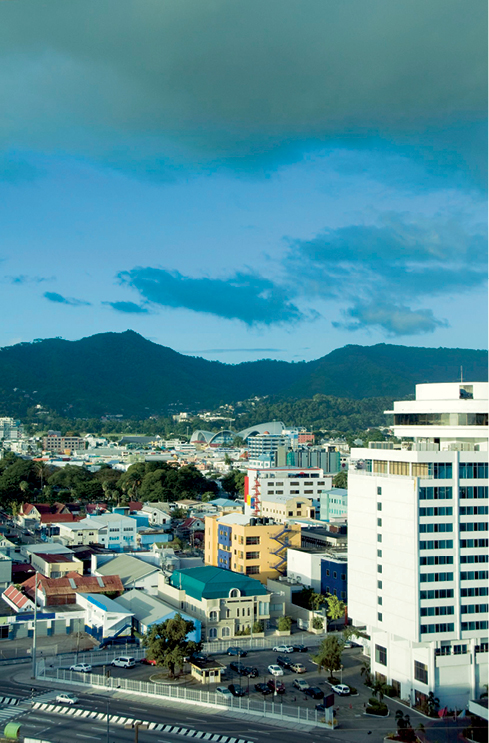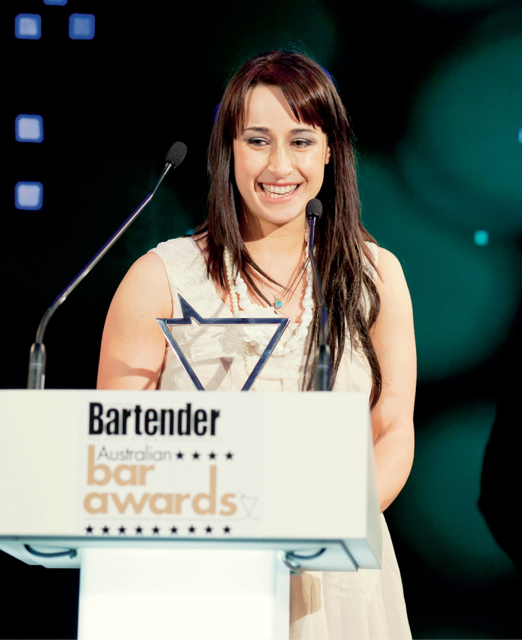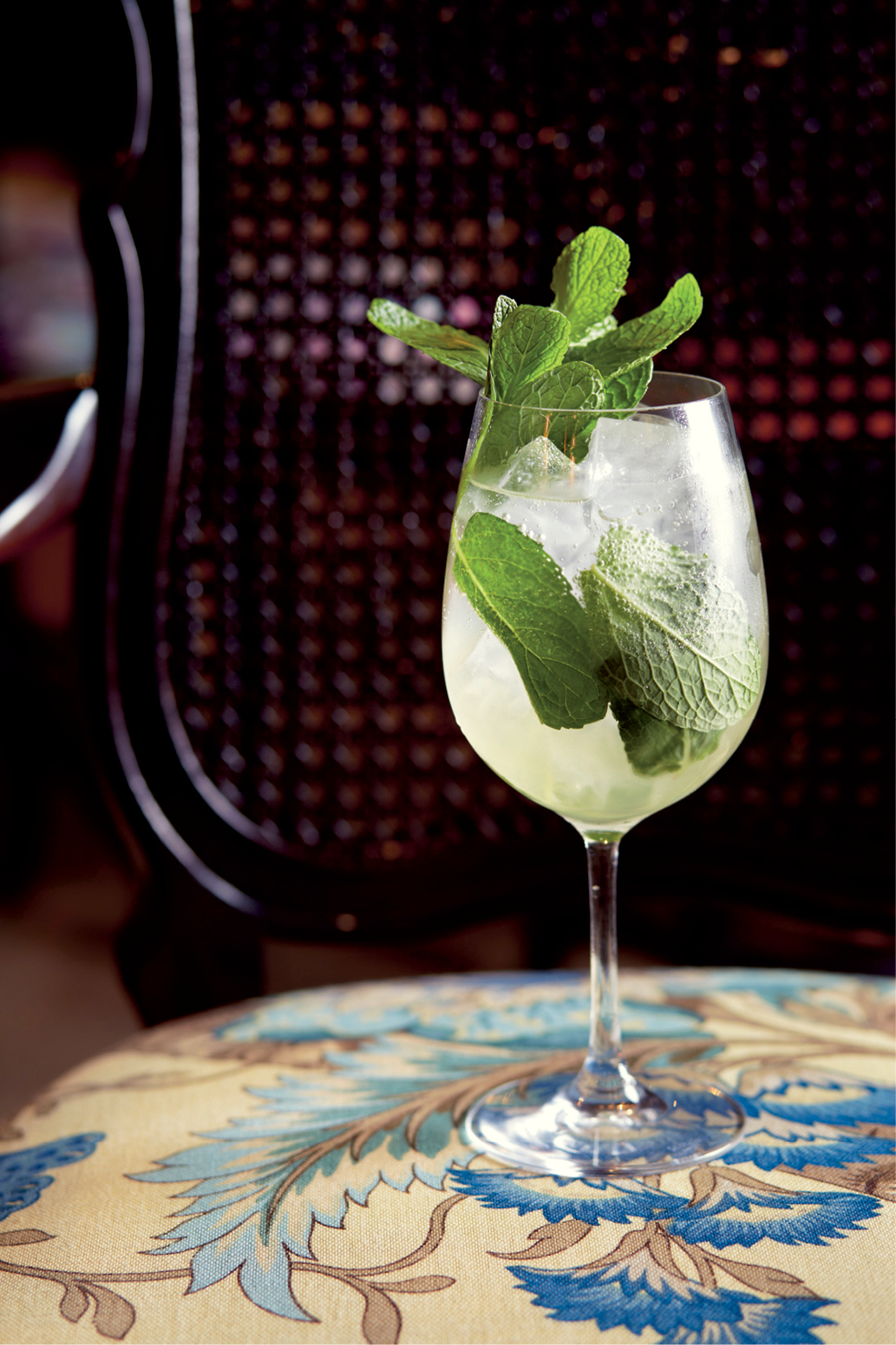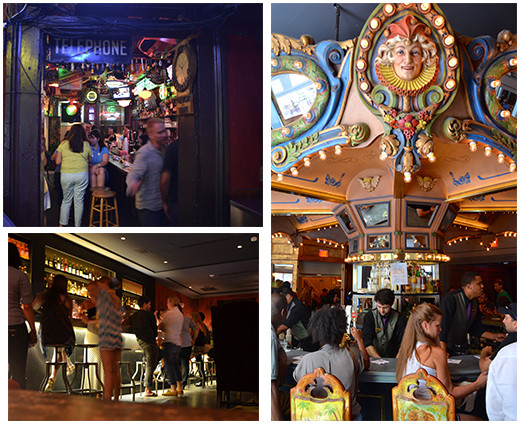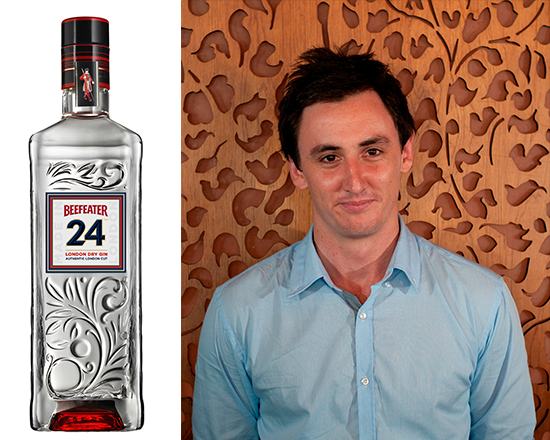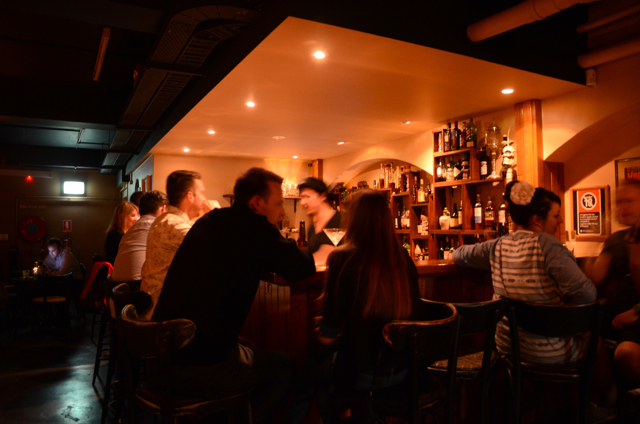Sydney’s small bar revolution isn’t confined to the hipster hills of Surry or the born again CBD — even the plush and proper surrounds of the lower north shore have been getting in on the act.
Month: November 2013
Here’s one for the arty among you — champagne house Dom Perignon has teamed up or, as they say in the art world, collaborated with American artist Jeff Koons.
Frank Meier was the head bartender at Paris’ The Ritz during the 1920s and 30s. We referenced him — and this great book, The Artistry of Mixing Drinks from 1936 — in our piece on the Black Velvet. Meier was German by birth, worked in NYC and was working against the Nazis during their occupation of Paris…
The Caribbean: we often talk about the Caribbean in passing when we’re talking about rum and rum drinks. But how much do we really know about these places? We’ve put together a couple of snaps, a few stats and more importantly, a few drinks that you might see at each of the following stops in the Caribbean.
This former Rookie of the Year has only been in the game for three short years but with her dirty jokes, love of quality movies and a dedication to the bar biz, she is definitely one to watch.
For many modern wine drinkers, sweet wines are little more than an introductory drink to our more popular dry table wines. This is at odds with the quality and variety of sweet wines available though, and some basic knowledge of these different styles (and they are very different) can help you introduce customers to a brilliant array of wines.
There’s a certain smell to Bourbon Street in July. It’s there in the afternoon, when the asphalt is cooking from the sweltering heat. It’s there when you leave the hotel lobby at seven o’clock at night and the sun is still out; it’s there still, in the morning, after they’ve sprayed the streets with water and soap and the bubbles are left baking in the gutters in the morning sun.
Jason Williams (The Keystone Group) has taken out the top honour at this year’s Beefeater 24 Bartender Competition in London.
26 finalists from throughout the world gathered to compete for the top prize.
If you want to be one of the first in the country to have a bottle of the new Australian made gin from Stu Gregor, Matt Jones and Cameron Mackenzie — Four Pillars Gin — now is your chance.
Back in May we brought you the news of yet another addition to Sydney’s booming CBD bar scene, Papa Gede’s Bar. Well the doors are open and you’re likely to find that there’s a lot to like about this new bar.
Things have been going gangbusters for popular rum brand Mount Gay of late. Not only have they released a new expression — Mount Gay Black Barrel (keep an eye out for our December blind tasting panel and their thoughts on this great new rum) — they are also celebrating their 310-year anniversary.
We’ve talked about beers brewed with wild yeasts before, of the great sour beers that come out Belgium during the colder months that have been fermented by naturally occurring yeasts (like brettanomyces) living in and around the breweries.
This was the way that all beers were made before old mate Pasteur investigated microbiology.


